Since the opening of Royal Manas National Park in 2010, numerous lodges, eco-camps and tourist standard hotels had sprung with different themes and views so that the visiting tourist could experience the natural beauty of the park. With the aim to enhance and build sustainable tourism opportunities in the park, the NGO like WWF UK had also funded in building the basic infrastructure and lodges in strategic location in the park.
My Memoirs of Royal Manas National Park
A compact team of Bhutan Swallowtail Travels journeyed into the heart of south-central Bhutan to experience, appreciate and promote the gem that is The Royal Manas National Park in Zhemgang district.
Designated as Bhutan’s Crown Jewel and famed as a paradise for Birdlife, The Royal Manas National Park is Bhutan’s oldest Park (designated in 1964) and an unparalleled biological treasure in the Eastern Himalayas with hundreds of wildlife, birds and plant-life and several globally endangered species. Spanning over 1,057 square kilometers the Park is connected to another 3 wildlife sanctuaries through biological corridors and also shares a porous border with the Indian Manas Tiger Reserve (a world heritage site).
 Located in the southern foothills of the Himalayas bordering India, The Royal Manas National Park is easily accessible by air, land and water. From the Paro International Airport, one can either take the domestic flight to Gelephu Airport and drive to Manas, or take a 2 days road-trip via Thimphu, Wangdue and Trongsa valleys or white water rafting from either Trashigang (7 days) or from Monggar (4 days) or a 4 days trekking and camping from Gomphu to Pangbang.
Located in the southern foothills of the Himalayas bordering India, The Royal Manas National Park is easily accessible by air, land and water. From the Paro International Airport, one can either take the domestic flight to Gelephu Airport and drive to Manas, or take a 2 days road-trip via Thimphu, Wangdue and Trongsa valleys or white water rafting from either Trashigang (7 days) or from Monggar (4 days) or a 4 days trekking and camping from Gomphu to Pangbang.
I along with my 3 tour guides took the road trip from Thimphu to Manas with a night halt at Trongsa and a quick detour to Dunmang Tshachu / Hotsprings. It is about an hour’s hike from Gomphu road-point to Dunmang and the hotspring is supposed to have many health benefits especially for headaches, gastritis, piles, body aches, joint aches and healing fractured/dislocated joints. There are 4 ponds with water temperatures ranging from 10 degrees to 53 degrees.
 After an early morning quick dip in all the 4 scalding ponds we hiked back to Gomphu (2 hours uphill) and started driving through the lush green jungle and across Rendebee and Pangtang villages located along the banks of the Mangde Chhu / River. Pangtang is a small village centre from where one can hike or drive to explore more remote villages of central Zhemgang. There is an Eco-lodge with basic facilities and many village-level administrative offices, banks and a school.
After an early morning quick dip in all the 4 scalding ponds we hiked back to Gomphu (2 hours uphill) and started driving through the lush green jungle and across Rendebee and Pangtang villages located along the banks of the Mangde Chhu / River. Pangtang is a small village centre from where one can hike or drive to explore more remote villages of central Zhemgang. There is an Eco-lodge with basic facilities and many village-level administrative offices, banks and a school.
After crossing Trongsa valley and all the way to the Manas Park in Pangbang, beautiful waterfalls, the sightings of various animals like the Golden Langur, Cap langur, giant squirrels, pheasants, monkeys, a deer fleeing uphill or down the road and several birds was the order of the day. One can never get enough of the various birds and Zhemgang indeed has rightly been called the ultimate birder’s paradise. It is only about 4 hours drive from Gomphu to Pangbang, but by the time we reached Pangbang it was very late at around 8 pm due to the numerous stops all the along the way.

Day 1 at Pangbang was spent exploring the nearby villages of Bjoka, Sonamthang and Repati villages. Before the roads were constructed Bjoka used to be the most remote and inaccessible village of Zhemgang and hence the least developed and backward. Except for the road there are not many changes and an excursion of Bjoka village still remains a unique cultural experience of ancient culture, traditions and beliefs. Cane and bamboo products /containers is the main source of income and it was heartening to see young children making the colorful bamboo products and helping out their family in their small farms. A quick visit to the local Royalty’s palace gives more insight into how people used to live in the olden times. However walking through the village, visiting rickety bamboo-thatched huts and interacting with the villagers is a more interesting and humbling experience. For lunch we enjoyed a local specialty of Chapalay-a dish of Banana trunk and Jugpang (wild potatoes) at the local temple caretaker’s house.
The rest of the day was spent enjoying white water rafting and swimming in the running Mangde Chuu / River.
 We spent the night at the Jungle Eco-lodge and had an interesting chat with the members of the River Guides of Pangbang (who also manages the Eco-lodge), few villagers and local government officers over a bon-fire and Tongba (local maize wine).
We spent the night at the Jungle Eco-lodge and had an interesting chat with the members of the River Guides of Pangbang (who also manages the Eco-lodge), few villagers and local government officers over a bon-fire and Tongba (local maize wine).
The next whole day was spent on a safari like expedition hiking through the nearby forest and along the banks of the river and saw many different animals and birds. We saw Water buffaloes, Deer, Otters, Capped langur, Gray langur, the endangered Golden langur, snakes, elephants and many other insects and bugs.]
As mentioned earlier The Manas Park is a paradise for birds and we could easily spot the Great hornbill, Black-crested bulbul, Red-vented bulbul, Himlayan bulbul, Blue whistling thrush, Great barbet, Grey-backed shrike, Silver-eared mesia, Plumbeous water redstart, Scarlet minivet, Sultan tit, White capped redstart, Yellow-bellied fantail and many more. Another feather in the cap was the very recent discovery of the Buff-breasted Babbler in Pangbang by a Bhutanese tour guide making it the 740th bird of Bhutan.
A picnic lunch was organized by our Lodge in a beautiful spot amid the birds and natural splendor. The evening was spent walking around the Pangbang satellite town visiting shops and restaurants, drinking the local maize wine and exchanging stories with the locals.
The next day we drove back to Thimphu via Zhemgang and Trongsa.
As a tour operator we are glad that the Royal Manas Park has so much to offer to our tourists who specifically prefers nature, hiking/trekking, adventure, animals and exploring remote villages.
Further Reading
Though the Royal Manas National Park in Zhemgang is famed for wildlife viewing, nature adventure and exotic birding experience, however en-route to the Park you will be driving through the Black Mountain Ranges and High Mountain passes from where you can see the Himalayas of Bhutan.
While Bhutan is known by many names, the most relevant is “The Land of Medicinal Herbs’ as coined by the Tibetan traditional doctors as there are numerous medicinal plants and herbs grown and many not identified yet. The herbal plants/soil and the mineral rocks combine to give the hot-springs a powerful natural healing of various medicinal values which is considered to cure many diseases and ailments.


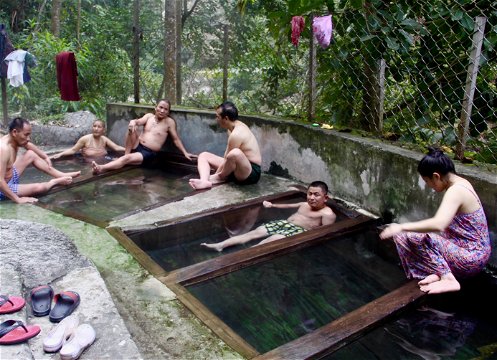
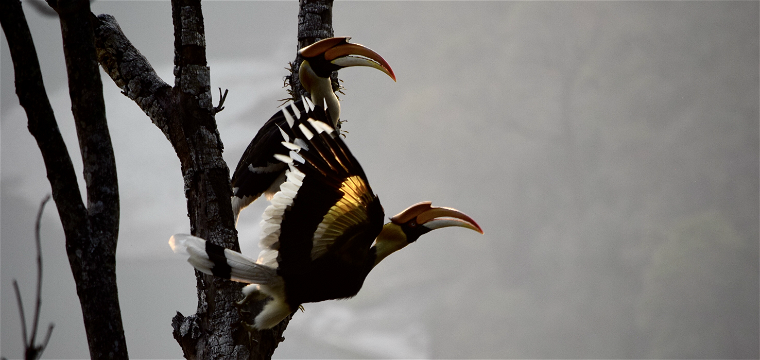

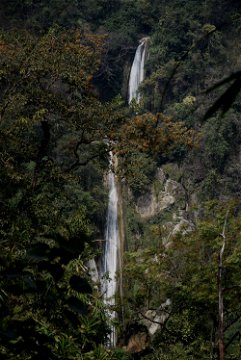
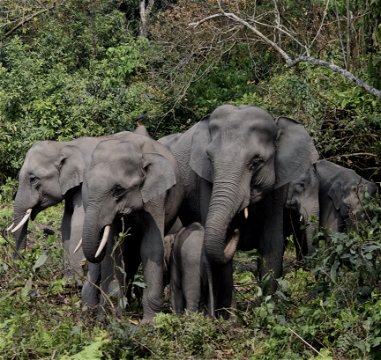
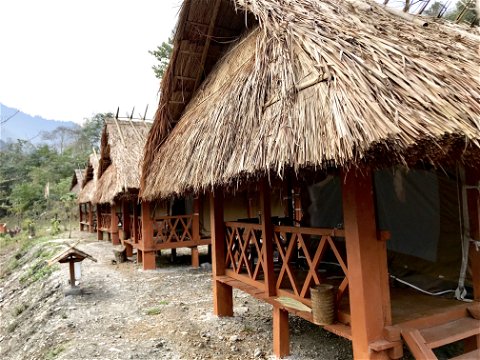

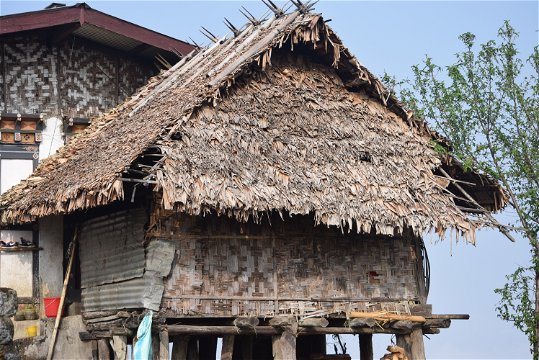

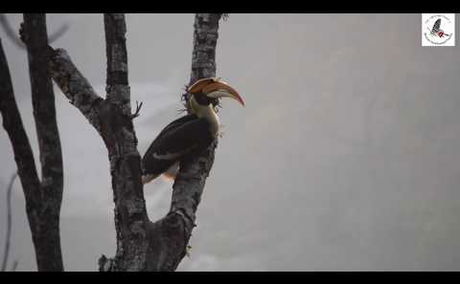
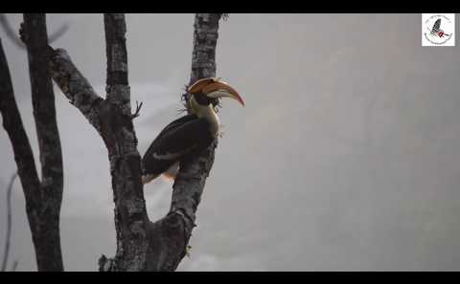

Share This Post